The Jury represented the industry's biggest names and tastemakers including National Geographic, Washington DC; The Armory Show, New York; TBWA, Paris; Victoria Film Festival, Canada; Aeroplastics Contemporary, Brussels; Studio Hansa, London; Fratelli Alinari, Florence; Australian Centre for Photography; Young & Rubicam, Lima; and Anthem Worldwide/Marque Branding, Sydney who reviewed the entries online before making their nominations and honoring 627 title awards and 951 nominees in 31 categories. The Awards could not have wished for a better group of professionals to
work with.
5 Comments
"Yesterday´s living - today´s history
Once a home with love and laughter -now just a memory forever after. Lost in time" I thought this critique by Debra Coleman was very interesting, and it made me understand what other people may see in a picture, and it also made me see my pictures with new eyes. Reistad, Nina - Post with Barbed Wire, 2014.
Description! I see a wooden vertical but slightly leaning fence post, marking a spatial boundary dividing the scene vertically into thirds. The post is topped by a twisted horizontal length of barbed wire stretching the entire width of the image space. At the front of the post a bent nail fixes another wire fence structure to the post, that also stretches the entire width of the image. These divide the image horizontally into thirds. The fences are obviously home made and rustic. The scene is outdoors, and it is winter as the background appears to be snow. Colours are subdued, muted oranges and browns on the wooden post, blacks, greys and whites. There are strong vertical and horizontal lines, outlined against the snowy pale background. The background shallow depth of field lends a softness to the image, making the post, the focal point, and wires stand out and appear clear and well focused and defined against the soft graduated tonal greys and whites. The Placement of the nail indicates to me that the viewer is standing outside the fence looking through and over the wire, facing the fence straight on. There are no technical failings immediately noticeable in the image! ! Analysis! The photographer has used an established composition guideline (rule of thirds) when composing her shot. The rule of thirds states that the most important objects should be placed along these lines or at the points where they intersect, and the photographer has done this. The post and the wire fencing are aligned along these lines, drawing additional attention to these main elements of the composition. The post on the left is balanced by the repetition of lines making up the wire fence and the evenly placed repetitive pattern of the barbed wire, so the negative space on the right, while not holding an equal weight, leads the eye back to the post and balances the scene. The texture of the wood compliments the smoothness of the wire, with the barbs providing further texture and roughness. Slight vignetting provides a bit of centre weighting and lightens the centre of the image, emphasising the negative space further, forcing the eye slightly left, again, towards the post. The light is diffused, any brightness coming from the centre-left horizon, so the viewer faces the light. The nail, positioned at a point where two compositional lines intersect, adds interest and further focuses attention on the post. So line, texture, colour and repetition are all used to provide a pleasing harmony - the eye can traverse a full circle departing from and arriving back at the main centre of interest. The image is clean and spare, almost minimalistic.! ! Interpretation! This image provides me with a bit of a paradox. It possibly should make me feel frightened, the roughness of the post and the sharp barbed wire threatening, and it does to a degree. It intimates "keep out", and clearly wants to keep me, the viewer from entering beyond the wire, and keep whatever is behind the wire, away from me. I'm clearly outside the fence, so can only imagine what's on the other side, and this is what intrigues me most. Is the barrier enough to keep me from entering to find out? And should I feel intimidated? I find that in the end, my curiosity might be enough to prevent me from feeling intimidation, despite the apparent threat and intimated danger. I feel perhaps a sadness for whatever is imprisoned on the other side. And perhaps the utter cleanness of the snow, the way the light plays, mitigates any anxiety that the barrier presents And lends an air of tranquility. After all, it could be just an old farm fence, with livestock grazing on the other side. And that could be dangerous!! ! Evaluation! So, does the image fail in its purpose? If the photographer intended provoke a feeling of threat, of intimidation, of danger, then, no it certainly doesn't fail. If the photographer wanted to imply curiosity, and perhaps sadness, then again, the image doesn't fail. And if the intent was tranquility and spareness, then again the image is a success. The light, tonal values, particularly whites are well handled. The colour palette is minimal, making the oranges and browns stand out against the neutral white tones. The photographer captures a "well spotted" scene, one that may have been easily overlooked, and gives it a singular beauty, despite the possibly threatening overtones. The angle and lowish viewpoint, balance, light, and depth are skilfully handled. I believe the photographer has shown originality in his/her choice of subject and handling.! ! Debra Coleman BA, MA (Hist. of Art), 21st May 2014. |
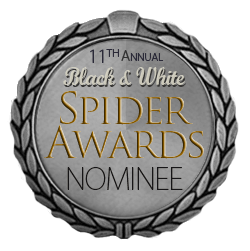
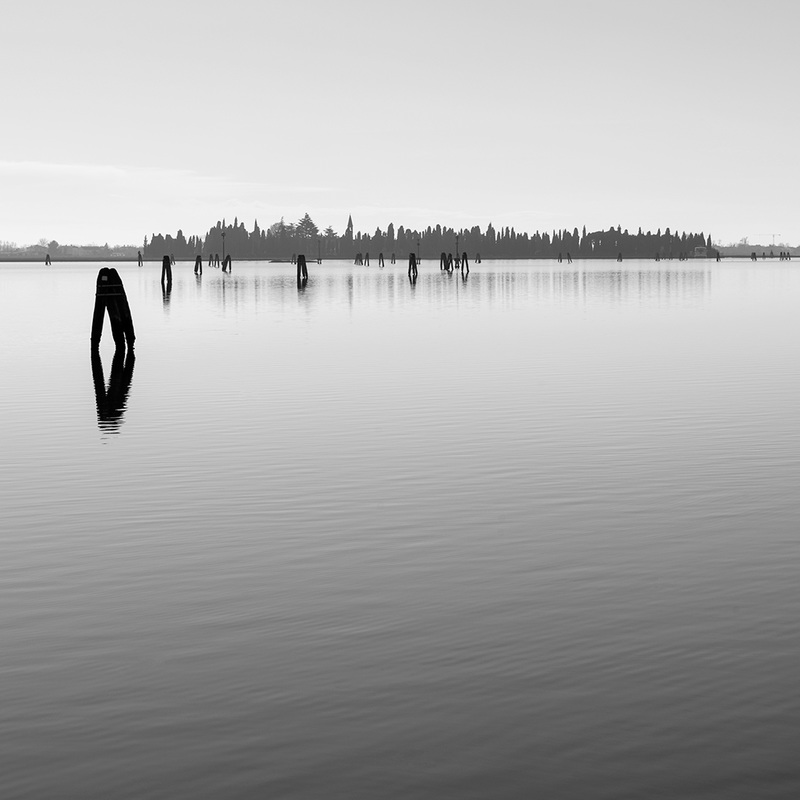
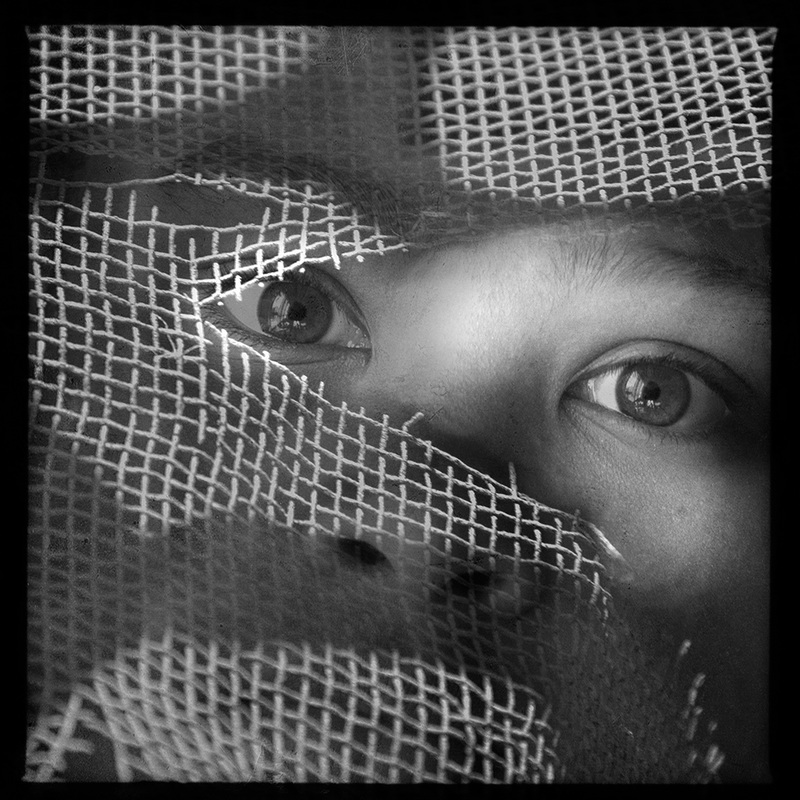
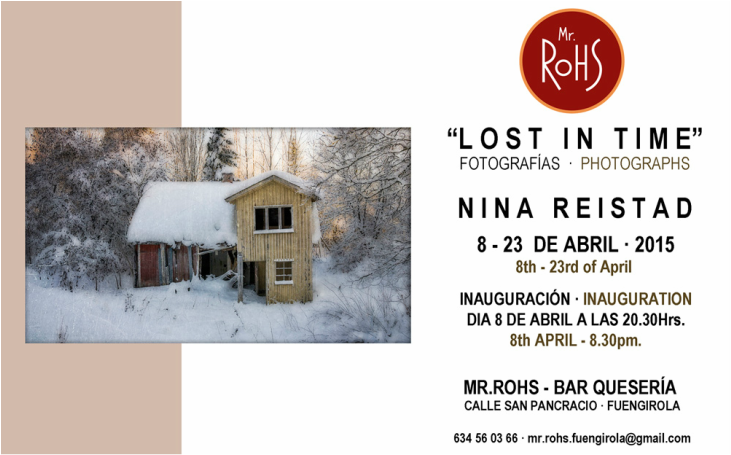
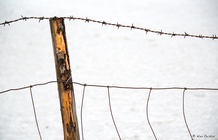
 RSS Feed
RSS Feed